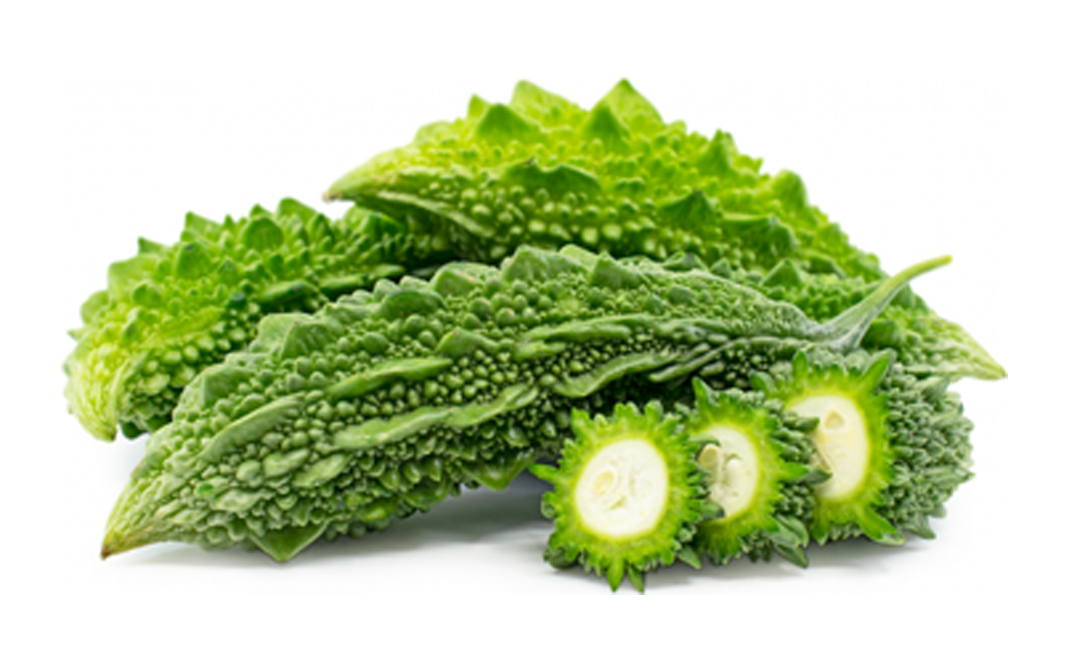


Choose bitter gourds that are free from dents and bruises. Look for bitter gourds that are thick and nice. Select those that are greenish-yellow as they will not be too bitter. Pick the ones that are half ripe as they taste better
Bitter gourds, if taken in excessive quantities, can affect pregnant women. It is responsible for causing emmenagogue (an increase of menstrual flow) and abortion-causing effects. Bitter gourd has blood- glucose-lowering effects. Combining bitter gourds with standard drugs can dangerously low blood sugar levels. It has been reported that red arils (the covering on the seeds) might be toxic to children which might cause vomiting and diarrhea.Hypoglycaemic coma occurs when there is an excessive decrease in blood glucose levels.It has been observed that the onset of hypoglycaemic coma and the start of atrial fibrillation (abnormal heart rhythm) is associated with excessive intake of bitter gourds. (3)
- Disclaimer
"Information here is provided for discussion and educational purposes only. It is not intended as medical advice or product or ingredient review/rating. The information may not apply to you and before you use or take any action, you should contact the manufacturer, seller, medical, dietary, fitness or other professional. If you utilize any information provided here, you do so at your own risk and you waive any right against Culinary Communications Private Limited, its affiliates, officers, directors, employees or representatives.”
Description
Bitter gourd (Momordica charantia) is one of the world’s major vegetable crops, which belongs to the family Cucurbitaceae. The genus Momordica is a native of the Paleotropics and comprises about 60 species. It is known to be originated in India and was introduced later in China. It is widely used in the cuisines of East Asia, South Asia, and Southeast Asia. In India, bitter gourd is grown in the states of Maharashtra, Gujarat, Rajasthan, Punjab, Tamil Nadu, Kerala, Karnataka, Andhra Pradesh, West Bengal, Odisha, Assam Uttar Pradesh, and Bihar. The plant is monoecious, annual climber with long-stalked leaves and yellow, solitary male and female flowers borne on the leaf axils. The warty and oblong or elliptical-shaped fruit is botanically a ‘pepo.’ There are two main varieties of bitter gourd. The large one is long, oblong and pale green while the other kind is small, little oval and dark green. They turn reddish-orange on ripening. It is used as a food, bitter flavoring, and medicine.